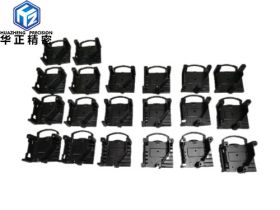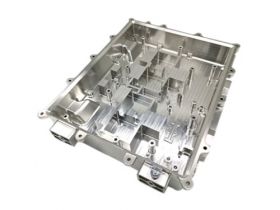Technology Center
Recommended Products
Contact Us
Contact Person: Cindy Zhu
TEL:+86 13418453374
The difference between oxidation and fuel injection
The difference between oxidation and fuel injection
Oxidation and oil injection are common surface treatment processes for making prototypes. Oil injection is to spray a layer of paint on the surface of the prototype. As long as the customer provides the corresponding paint color number, the prototype manufacturer can spray the corresponding color on the surface of the prototype. Oxidation is to immerse the aluminum alloy hand plate in chemical water to make the chemical water corrode to the aluminum alloy hand plate and cause an oxidation reaction to occur, thereby changing the color of the aluminum alloy hand plate. Although both oxidation and oil injection make the original surface color lighter, there are still differences between them, which are mainly reflected in the following two aspects:
1. For different pairs of materials, fuel injection pairs can be applied to many prototype materials-plastics and resins. Oxidation is a process that is only applicable to aluminum alloy prototypes.
2. The color persistence is different. Because spray paint only sprays a layer of paint on the surface of the prototype, it will fall off after a long time, and oxidation is to soak the aluminum alloy prototype in a chemical solution to form an oxide film on the surface. Due to oxidation, the correct aluminum oxide is a kind of stability. It is difficult to oxidize the substance in the air, so the color of the surface is relatively stable, and it is not easy to fall off.
3. The effect is different. The oxidized color has a metallic texture and looks high-end and atmospheric. If you use oil injection, you cannot adjust the effect anyway. It is good that the color of the oil injection can reach 80% similarity to the oxidized color.
Prev: What should be paid attention to when processing non-standard parts?
Next: How to improve the quality of precision parts processing?
Back















